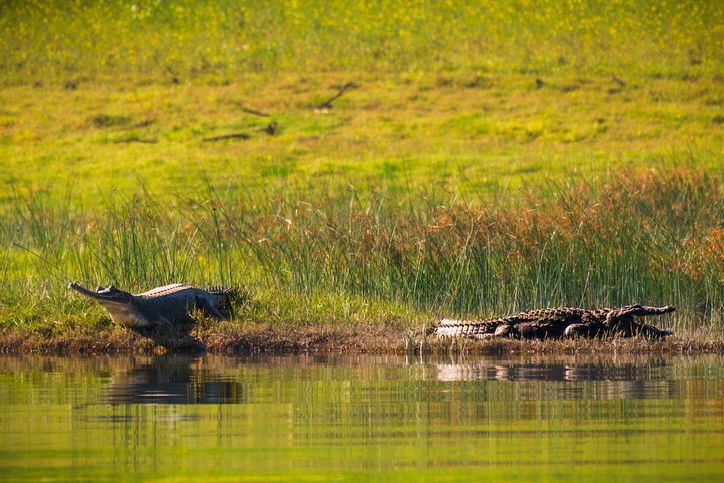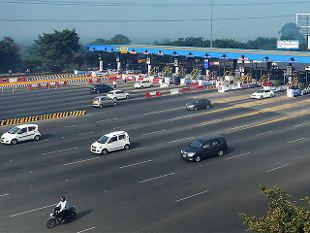NBA Allocates ₹18.3 Lakh to Uttar Pradesh and Sikkim BMCs for Biodiversity Conservation

New Delhi, October 25 The National Biodiversity Authority (NBA) has disbursed a total of ₹18.3 lakh to Biodiversity Management Committees (BMCs) in Uttar Pradesh and Sikkim under the Access and Benefit Sharing (ABS) mechanism governed by the Biological Diversity Act, 2002. The move aims to promote sustainable use of local biological resources while ensuring that benefits arising from their utilization are shared with the communities that preserve them. The funds were routed through the respective State Biodiversity Boards to the Narrau village BMC in Aligarh District, Uttar Pradesh, and the Lampokhari Lake Area BMC in Aritar, Sikkim. The allocation reflects the NBA’s ongoing commitment to supporting community-led biodiversity management and incentivizing conservation efforts. In the case of Narrau village, located in Akrabad Kaul Taluk, Uttar Pradesh, the funds were generated through the utilisation of crop materials by a company that produced fermentable compounds derived from lignocellulosic biomass. Such initiatives demonstrate the potential of local agricultural and plant resources to contribute to industrial research while benefiting the communities that maintain these resources. In Sikkim, the Lampokhari Lake Area BMC received funds following the use of microorganisms from the local water and soil by a company for research purposes. This case underscores the value of microbial diversity in scientific and industrial applications and highlights the importance of conserving natural habitats to sustain research and innovation. Both instances exemplify the ABS framework, which ensures that when private companies or research institutions access biological materials, the associated benefits are equitably shared with the local custodians of biodiversity. The NBA’s disbursement process involves a careful assessment of benefit-sharing agreements, ensuring transparency and adherence to legal frameworks. By allocating these funds, the NBA reinforces the critical role of BMCs as custodians of biodiversity at the grassroots level. These committees, often composed of local community members, are instrumental in documenting and managing traditional knowledge, maintaining biological inventories, and advising on sustainable utilisation practices. The financial support enables BMCs to strengthen their conservation initiatives, implement biodiversity-related projects, and enhance community awareness about sustainable practices. Experts note that such measures not only promote environmental sustainability but also provide economic incentives to local communities, thereby linking conservation with livelihood generation. The funds can be used for various purposes, including capacity-building programs, development of seed banks, restoration of degraded ecosystems, and other biodiversity-related initiatives that empower local populations to safeguard natural resources. The NBA’s actions are part of a broader national effort to implement the Biological Diversity Act effectively, ensuring that India’s rich biodiversity is preserved while fostering equitable benefit-sharing. By supporting BMCs financially, the authority encourages local stewardship of natural resources, aligns with international biodiversity commitments, and strengthens India’s framework for sustainable development. The release of ₹18.3 lakh to Uttar Pradesh and Sikkim is a testament to the NBA’s dedication to integrating conservation with community welfare, promoting scientific research, and maintaining ecological balance across the country. NBA Releases ₹18.3 Lakh to UP and Sikkim BMCs for Biodiversity Conservation The National Biodiversity Authority has allocated ₹18.3 lakh to Biodiversity Management Committees in Uttar Pradesh and Sikkim under the Access and Benefit Sharing mechanism of the Biological Diversity Act, 2002. Funds were transferred to the Narrau village BMC in Aligarh District, UP, and the Lampokhari Lake Area BMC in Sikkim. In Narrau, a company utilized crop materials for producing fermentable compounds from biomass, while in Lampokhari, microorganisms from water and soil were used for research. The disbursement supports local conservation efforts and ensures that communities managing these resources benefit from their sustainable use.




